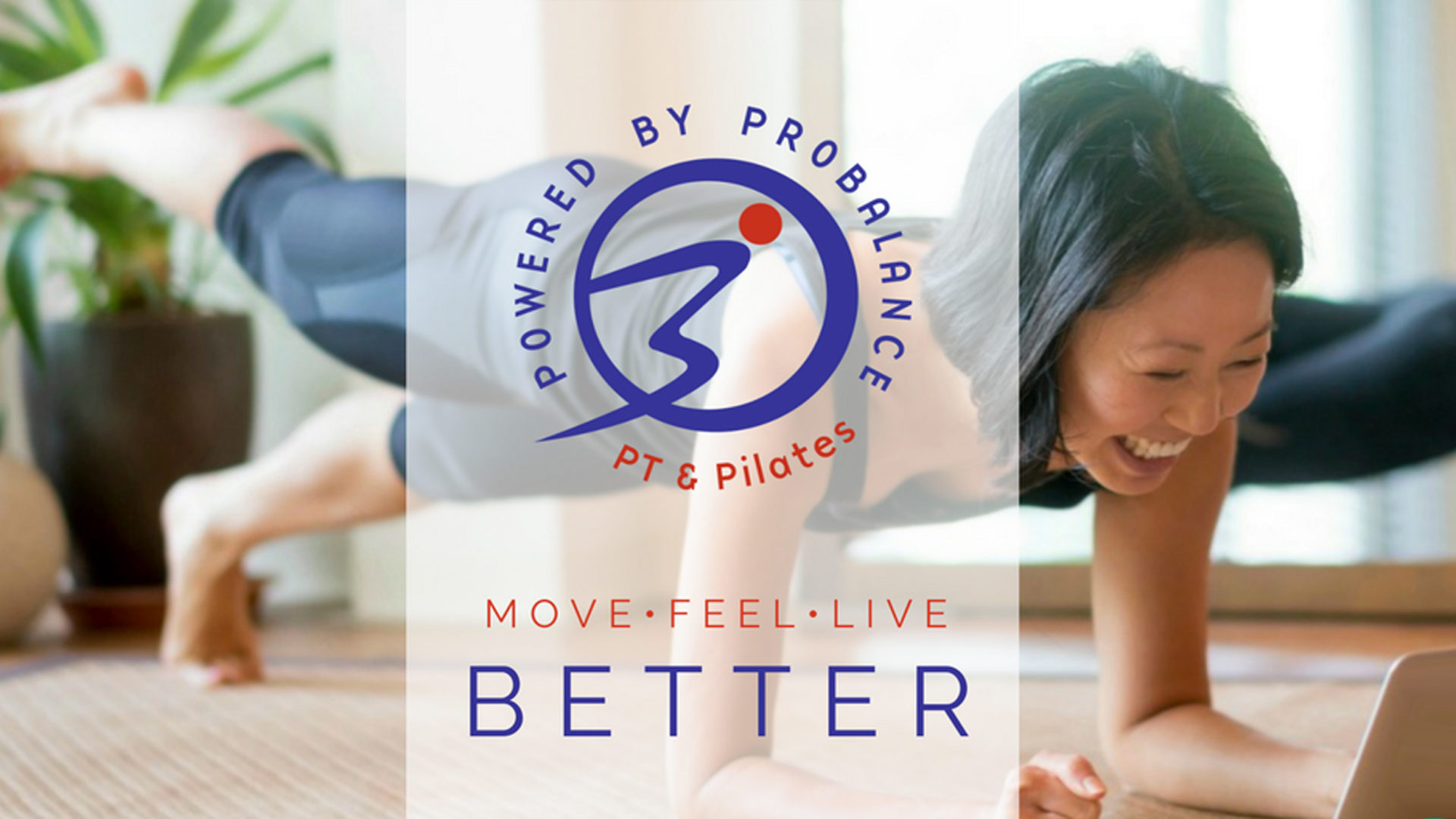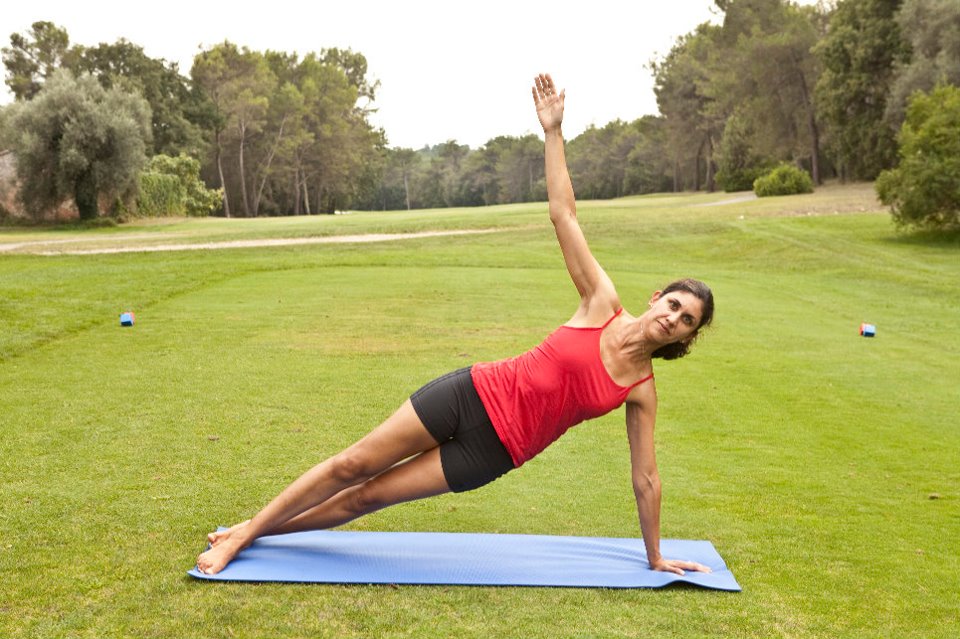What’s suffering more, your golf game or your back?
Did you realize that those pesky swing faults that your golf pro has been bugging you about may very well be directly related to how your body does (or doesn’t) move?
Here are 5 key areas you, as a golfer, need to optimize to get the most out of your swing and to help decrease the stress on your body.
-
- Mid-back mobility: This is kind of no brainer, but if you can’t rotate or extend your mid-back, your golf swing doesn’t have a chance.
Don’t believe me?
Test this out: Sit in your chair and slump…now try to rotate. Hard, right? Now, sit tall and try it again…WOW…that was easier, wasn’t it?
Having this mobility allows you to stay in your axis of rotation, which improves your odds of contacting the ball. It also reduces the amount of shear and compressional forces that can wreak havoc on your back during the swing. - Hip rotation mobility: You’ve felt it…as you try to follow through, your lead hip is so stiff you either end your swing by stressing out your low back or you find yourself losing your balance because ending with your body facing the target is just not going to happen. OR…maybe you’re trail hip doesn’t have the rotation so you lose your spine angle on the backswing.
The downside of stiffness here is that you’ll end up rotating from the lower spine (which is actually designed to be stable in relation to the hip).
End Result: sore back & bad shot. - Core Control: Just so you’re clear, when I say core control, this isn’t just core strength.
Core control is dependent on the deep muscles of your spine making finely tuned adjustments to effectively anticipate and adjust for changes in direction, speed, posture, and load.
In other words, if your core doesn’t function properly, it makes it very difficult to sequence your swing properly on the downswing (ever slice?), which will, once again lead to a sore back and/or a bad shot. - Glute Strength: Ok…not that it’s time to pull out that ol’ Buns of Steel video, but those glutes are REALLY important if you’re a golfer. This muscle group has the greatest activation in any phase of the golf swing, particularly at the transition to your downswing. So…if you’re glutes are gone, you’ll be seeing a higher likelihood of sways and slides in your swing, which means that you’ll lose a major power source. Incidentally, having weakness here is strongly related to the last area, balance.
- Good Balance: Think about it. You need to swing consistently while on different slopes, with different shots, different clubs, and while whipping your body around in 1 to 1.5 seconds so that you end up balanced at your finish position with your lead leg in internal rotation.
If you’re losing your balance, your weight-shifting strategies might be causing some of that loss of power or the difficulty squaring your body towards the target at the finish.
Balance depends on multiple factors, including good ankle & hip mobility and strength, as well as something called proprioception, which is your brain knowing where your joints are in space.
- Mid-back mobility: This is kind of no brainer, but if you can’t rotate or extend your mid-back, your golf swing doesn’t have a chance.
Follow these tips and not only will you have the potential to play better, but you’ll feel better, as well!
If you’re ready to get serious about getting your body into shape so it doesn’t fall apart playing golf, CLICK HERE to join our FREE PainProof Golf Portal.


